Guía completa del verbo to be: cómo usar am, is, are correctamente
El verbo to be es uno de los más importantes para el profesor de inglés, en inglés. Equivale a los verbos “ser”, “estar” e incluso “haber” en español, dependiendo del contexto. Dominarlo es esencial para construir oraciones simples y expresarte con fluidez.
1. ¿Qué es y para qué sirve?
To be se usa principalmente para:
Expresar identidad o características:
He is smart — Él es inteligente.Indicar estados o condiciones:
It is cold today — Hoy está haciendo frío.Formar preguntas existenciales:
Is there anyone home? — ¿Hay alguien en casa?Funcionamiento como auxiliar para formar tiempos progresivos (-ing):
I am working — Estoy trabajando.
2. Conjugación según el tiempo verbal
Presente Simple (Present Simple)
| Persona | Afirmativa | Negativa | Interrogativa |
|---|---|---|---|
| I | am | am not | Am I? |
| You / We / They | are | are not | Are you/we/they? |
| He / She / It | is | is not | Is he/she/it? |
Ejemplos:
I am tall. — Soy alto(a).
She is not tired. — Ella no está cansada.
Are they ready? — ¿Están listos?
Pasado Simple (Past Simple)
| Persona | Afirmativa | Negativa | Interrogativa |
|---|---|---|---|
| I | was | was not | Was I? |
| You / We / They | were | were not | Were you/we/they? |
| He / She / It | was | was not | Was he/she/it? |
Ejemplos:
I was shy. — Era tímido(a).
Were you at the store? — ¿Estabas en la tienda?
Futuro Simple (Future Simple)
| Persona | Afirmativa | Negativa | Interrogativa |
|---|---|---|---|
| Todas | will be | will not be | Will I/you be? |
Ejemplos:
We will be a great team. — Seremos un gran equipo.
Will it be possible? — ¿Será posible?
3. Usos comunes explicados
Presentarse o describir identidad:
She is from Canada. — Ella es de Canadá.Edad, ocupación, gustos:
I am 21. — Tengo 21 años.
She is a teacher. — Ella es profesora.Clima o condiciones temporales:
It’s windy. — Hace viento.
It’s cold outside. — Está frío afuera.Sentimientos o sensaciones físicas:
I am hungry. — Tengo hambre.
